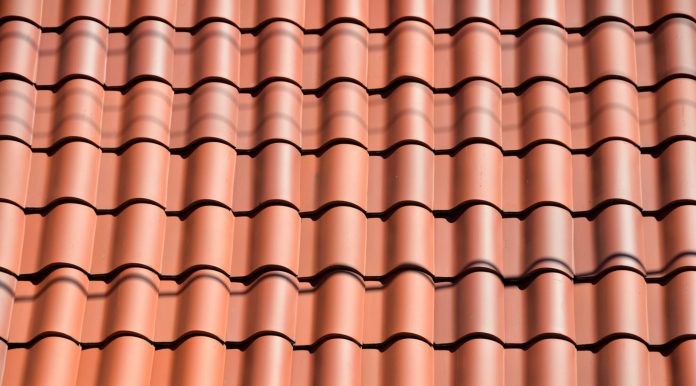The average American spends as much as $11,522 to repair their roofs. This is a significant expenditure that can leave a big dent in your finances.
Standing water is one of the things that lead to roof damage and degradation. This water can find its way inside if your commercial building’s roof is not waterproof. Therefore, it’s important to purchase, install, and maintain a waterproof roof.
How exactly are you going to create a waterproof roof on your commercial building? Here is a roof waterproofing guide that you can use to get started.
Common Waterproofing Techniques
The ideal commercial roof waterproofing system depends on your commercial building and environment. In general, there are three waterproofing techniques.
Reinforced Bitumen Membrane
Reinforced bitumen membrane is the most common waterproofing method. You’ll combine two or more bitumen layers across the entire surface of your roof. Then, polyester carrier coating is put on top of the bitumen to prevent water infiltration.
Once the waterproof material is ready, you’ll need to use molten bitumen to strengthen the roof. Alternatively, you can use adhesive products to combine the materials. Roof specialization experts, such as yutzyroofingservice.com, can do it for you.
Liquid Waterproofing
If you have a flat roof, you can apply specific forms of coating to make your roof weatherproof. This is a method that works on any roof, but it’s more popular among owners of flat roofs.
The main advantage of liquid waterproofing is that it can be functional for many years, sometimes as long as four decades. The durability will depend on the type of installation and regularity of maintenance. Some of the most common liquid waterproofing materials are fleece membranes and fiberglass.
Single-Ply Membranes
Owners of large commercial establishments usually opt for single-ply membranes. That’s because it’s easy to install a single-ply membrane on a large roof. All you need is an adhesive material, ballast, and fastening tools.
You can also use plastic fasteners to combine the sheets with the membrane and roof deck. The adhesive material usually is polyurethane, while the ballast can be made from stone. The proper combination of these materials is necessary for the roof to become waterproof.
Regular Inspection
Regular roof inspection will boost the waterproof efficiency of your commercial building’s roof. The inspection should be included in your workplace safety policy and cover the entire roof. You can do these checks once every six months or whenever it is necessary.
There are many things to look out for during the commercial roof waterproofing inspection. First, you’ll check the facets to determine whether they can withstand sustained rain. If there’s a place where water is leaking into the roof, you should be able to know.
You should also conduct checkups whenever you see water accumulating on sections of your roof. This may mean that the commercial building’s drainage system isn’t functioning properly. After you have fixed the drainage, you’ll put extra waterproof membranes over the affected area.
Protect Your Commercial Building with Roof Waterproofing
Roof waterproofing has become very common in commercial buildings. It helps to prevent flooding and increases the lifespan of the building. Consequently, you should know how to waterproof a commercial roof before you start doing it.
For more practical Home Improvement, Business, and Marketing tips, please see our other blogs.










